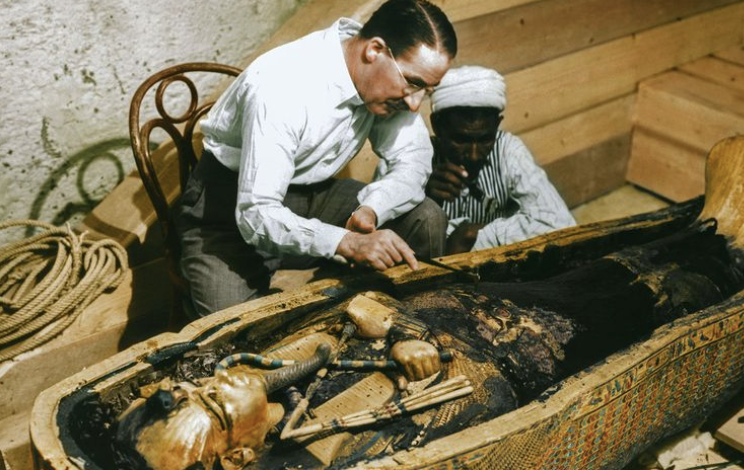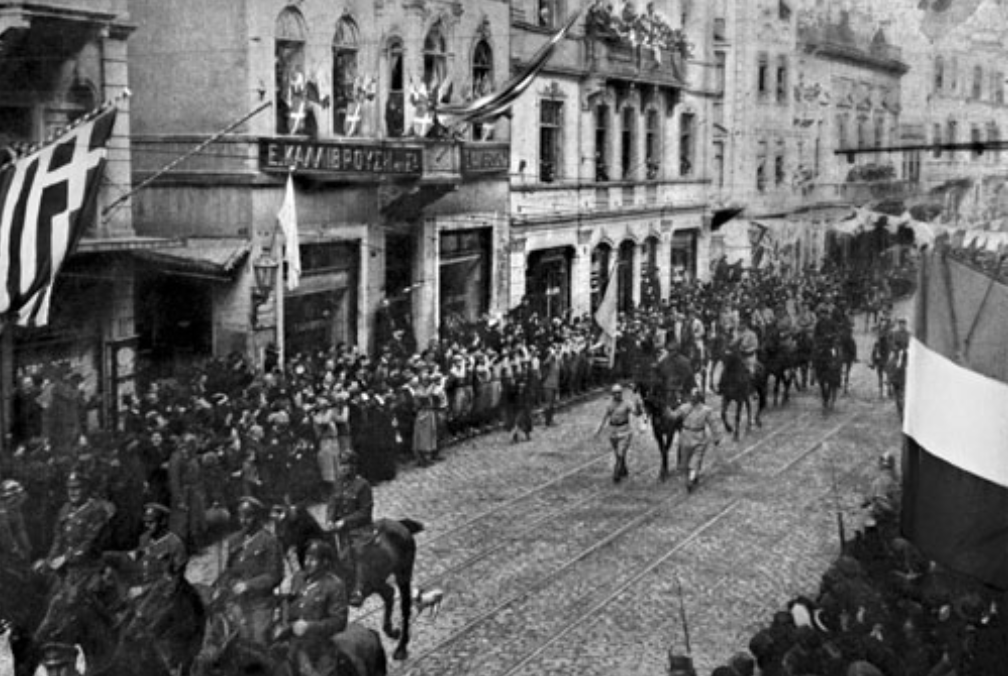After spending a full semester, a little over three full months, studying and learning about various topics of the 1920s, I have learned that it is much more than just jazz music and flappers. In my original post, titled “The Impact of the 1920s,” I had written that “the biggest event that took place during this era was the Constitution finally granting women the right to vote in 1920.” However, after concluding my research and reviewing my peer’s research, it is safe to say that while the ratification of the Nineteenth Amendment in the United States is extremely significant, it is not necessarily the “biggest” event that took place because each event during this decade is important in its own way. As shown further in my initial post on the 1920s, I initially only focused my post on the evolution of entertainment, specifically the growing popularity of the ballroom dance, the Charleston, the fashion trend of flapper dresses, and the progression of the Jazz Age. Towards the end of my post, I did mention the Prohibition, which was ratified in 1919 banning the sale of liquors that were more than 0.5% alcohol, however, the effects of this ratification bled into the 1920s.
Image on the Right: Demonstrations captured during the Greco-Turkish War (Image credited to: https://origins.osu.edu/milestones/may-2019-greco-turkish-war-smyrna-sakarya-kemal-ottoman)
When first going into this course and trying to identify the various events that took place during the 1920s, I had a very narrow focus on looking at the United States. However, a number of my peers opened my eyes by choosing to cover topics from all around the world including Greece, Egypt, and Russia. For example, I learned during the early 1920s, the Greco-Turkish War took place from 1919-1922. While the war may not seem as significant at first glance, I was able to see the cause of this War was correlated as an effect to World War One. I also learned about how one year later, in 1923, King “Tut” Tutankhamun’s tomb was exhumed. This influenced many industries that are forms of art such as fashion, textiles, and jewelry. Another notable event or time period occurred in 1924, when Vladimir Ilyich Ulyanov, more commonly known as Lenin, died. His death rocked Russia as he was the founding leader of Soviet Russia, which during that period became the Soviet Union, from 1917 until 1924.
My advice to anyone interested in learning more about the 1920s is to open your eyes past notable events and individuals that occurred or lived in the United States. There is a great deal of culture that developed and many significant contributions that were made during this time in history. My views have changed from what I initially envisioned the 1920s to be. They have not necessarily shifted to thinking of whether my opinion on this decade was right or wrong, but rather it has expanded to look outside of the box from what I have heard during the one history class in high school that mentioned “The Roaring Twenties” to see how it shaped our current society, about one hundred years later.
Resources:
“History Milestone: The Greco-Turkish War.” Origins. https://origins.osu.edu/milestones/may-2019-greco-turkish-war-smyrna-sakarya-kemal-ottoman.
“King Tutankhamun: How a Tomb Cast a Spell on the World.” BBC Culture. BBC. https://www.bbc.com/culture/article/20191029-king-tutankhamun-the-tragic-cause-of-the-pharaohs-cult.

Angelina Farallo is a Law and Society Major at Ramapo College of New Jersey. Ever since she was in elementary school, history has always been her favorite subject. During her studies at Ramapo College, she has studied how the modernization of technology has affected various industries such as the law, and in this case history which is what drew her to take this Digital Humanities course.


